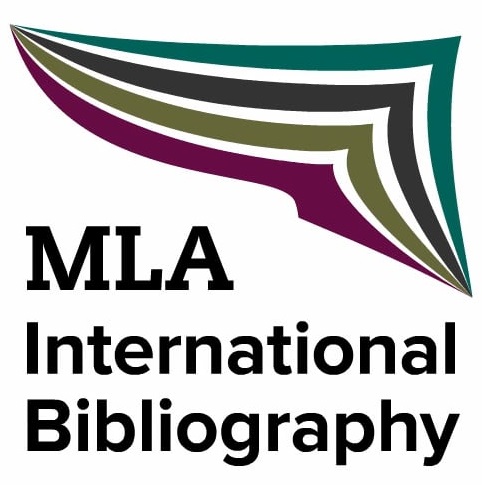Aesthetics of Shipwrecked Worlds
De Martino, Mingozzi, Rouch e Godard
DOI:
https://doi.org/10.13135/2281-6658/12168Keywords:
Ernesto De Martino, Tarantism, Anthropology and Cinema, Jean-Luc Godard, Gianfranco MingozziAbstract
This article aims to analyze the aesthetic languages within The Land of remorse and between the films of Mingozzi and Godard, in the light of de Martino’s anthropological issues. The Land of Remorse represents one of Ernesto de Martino’s most interesting works also because of the number of aesthetic languages involved. Indeed, the first contact between de Martino and the phenomenon of tarantism was the photographs of André Martin. In particular, those of the chapel of S. Paolo in Galatina, where the tarantati appeared “as if clinging for a few moments to the debris of a wreckage surfacing on the waves of a stormy ocean”; the same places would return in Franco Pinna’s photographic dossier within The Land of Remorse. The first edition of the volume is accompanied by an LP with recordings of the healing music. In the same year, Gianfranco Mingozzi produced and screened La Taranta: de Martino signed the scientific consultancy of a film that, although not (intentionally) a documentary, nevertheless aesthetically and verisimilarly represents the phenomenon of tarantism, as a “cinematic double” of his book. Only a year later, Le Nouveau Monde was released in French and Italian theaters: produced by Jean-Luc Godard, this short film is permeated with that “sociological gaze” derived from his early interest in anthropology; it is significant that Godard, like Mingozzi, knew and appreciated Jean Rouch’s work on ethnographic cinema. Even his short film, like La Taranta, borrows certain stylistic features of documentary filmmaking to tell the story of a shipwrecked world, a “discreet” apocalypse that resonates with demartinian themes.
Downloads
Downloads
Published
Issue
Section
License
Authors keep the copyrights for their work and give the journal the work’s first publication copyright, which is at the same time licensed under a Creative Commons License – Attribution, which in turn allows other parties to share the work with an acknowledgement of the work's authorship and initial publication in this journal.
Content Licence

You are free to copy, distribute and transmit the work, and to adapt the work. You must attribute the work in the manner specified by the author or licensor (but not in any way that suggests that they endorse you or your use of the work).
Metadata licence

CoSMo published articles metadata are dedicated to the public domain by waiving all publisher's rights to the work worldwide under copyright law, including all related and neighboring rights, to the extent allowed by law.
You can copy, modify, distribute and perform the work, even for commercial purposes, all without asking permission.





